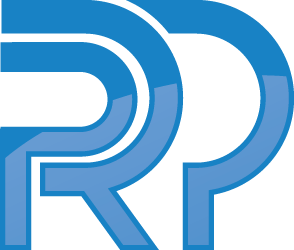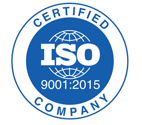Artificial Intelligence (AI) and Machine Learning (ML) are revolutionizing the medical device industry by enabling adaptive, data-driven decision-making and improved patient outcomes. However, the evolving nature of AI/ML presents unique regulatory challenges, particularly in ensuring safety, effectiveness, and reliability. To address these concerns, the U.S. Food and Drug Administration (FDA) has issued updated guidance aimed at clarifying regulatory expectations for AI/ML-enabled medical devices. This blog explores the key takeaways from the FDA’s latest guidance and provides insights on how medical device manufacturers can navigate the regulatory landscape effectively.
Understanding the FDA’s Approach to AI/ML Regulation
The FDA has long recognized the potential of AI/ML in medical devices and has taken a proactive approach to establish a regulatory framework that balances innovation with patient safety. The agency’s latest guidance builds upon previous discussions and stakeholder feedback, offering more clarity on:
-
Predetermined Change Control Plans (PCCP): How manufacturers can document anticipated modifications to AI/ML models.
-
Good Machine Learning Practices (GMLP): Standards for data quality, training, validation, and testing of AI algorithms.
-
Transparency and Real-World Performance Monitoring: Requirements for continuous monitoring and risk mitigation.
-
Regulatory Pathways: The approval mechanisms available for AI/ML-based devices, including 510(k), De Novo, and PMA submissions.
Key Highlights of the FDA’s Latest Guidance
1. Predetermined Change Control Plans (PCCP)
One of the most significant aspects of the new guidance is the emphasis on PCCPs, which allow manufacturers to outline planned modifications to AI/ML models while ensuring continued safety and effectiveness. The FDA expects these plans to include:
-
A clear description of anticipated changes.
-
The methodology for validating modifications before deployment.
-
Risk assessment and mitigation strategies.
-
Justification for how changes will maintain safety and performance.
By incorporating PCCPs, manufacturers can streamline regulatory approvals for AI/ML devices, reducing the need for frequent resubmissions.
2. Good Machine Learning Practices (GMLP)
The FDA has reinforced the importance of GMLP to ensure AI/ML models are trained on high-quality, representative datasets and undergo rigorous validation. Key aspects of GMLP include:
-
Data Diversity and Bias Mitigation: Ensuring datasets reflect diverse patient populations to prevent biased algorithmic decision-making.
-
Algorithm Transparency: Providing clear documentation of model architecture, training procedures, and performance metrics.
-
Continuous Learning vs. Locked Algorithms: Differentiating between adaptive models that update over time and static models that remain unchanged post-market.
3. Transparency and Post-Market Monitoring
Given the dynamic nature of AI/ML, the FDA expects manufacturers to implement robust post-market monitoring strategies, including:
-
Real-World Performance Monitoring: Tracking algorithm performance using real-world data to detect potential safety concerns.
-
User Communication: Providing clear information to healthcare providers and patients about how the AI/ML model functions and its limitations.
-
Risk Management: Establishing proactive measures to address potential algorithmic drift and unintended biases.
4. Regulatory Pathways for AI/ML Medical Devices
Manufacturers must select an appropriate regulatory pathway based on their AI/ML device’s risk profile:
-
510(k) Clearance: For devices with substantial equivalence to a legally marketed predicate.
-
De Novo Classification: For novel devices that lack a direct predicate but present low-to-moderate risk.
-
Premarket Approval (PMA): For high-risk AI/ML devices requiring extensive clinical validation.
The FDA also encourages manufacturers to engage early with the agency through the Q-Submission (Q-Sub) Program to discuss AI/ML regulatory strategies.
Steps for Medical Device Manufacturers to Ensure Compliance
To successfully navigate the FDA’s regulatory expectations, medical device companies should:
-
Develop a Comprehensive PCCP – Outline anticipated AI/ML changes with robust validation plans.
-
Implement GMLP Standards – Ensure data quality, mitigate bias, and maintain algorithm transparency.
-
Establish Real-World Performance Monitoring – Continuously assess AI model safety and effectiveness post-market.
-
Select the Right Regulatory Pathway – Determine whether 510(k), De Novo, or PMA is the appropriate submission route.
-
Engage with the FDA Early – Utilize the Q-Sub program to clarify regulatory expectations before submission.
Conclusion
The FDA’s latest guidance on AI/ML in medical devices provides a structured framework for manufacturers to ensure compliance while fostering innovation. By proactively implementing PCCPs, adhering to GMLP, and establishing post-market monitoring strategies, medical device companies can navigate regulatory complexities effectively and bring safe, high-quality AI-driven solutions to market. As AI/ML technology continues to evolve, staying ahead of regulatory expectations will be crucial for maintaining compliance and driving successful product development.



